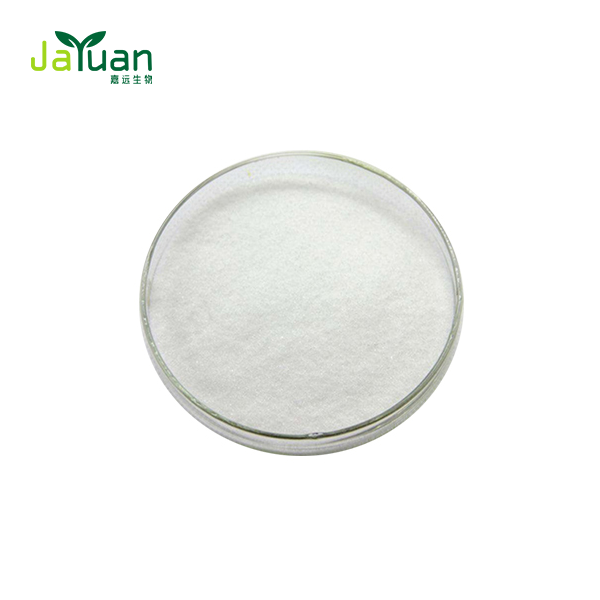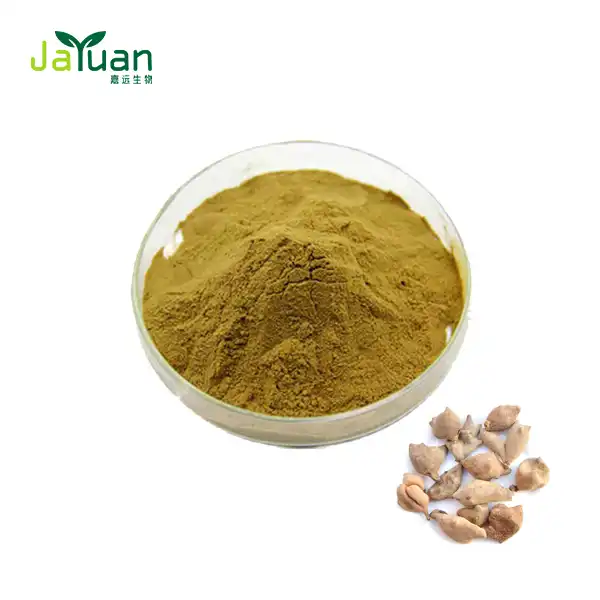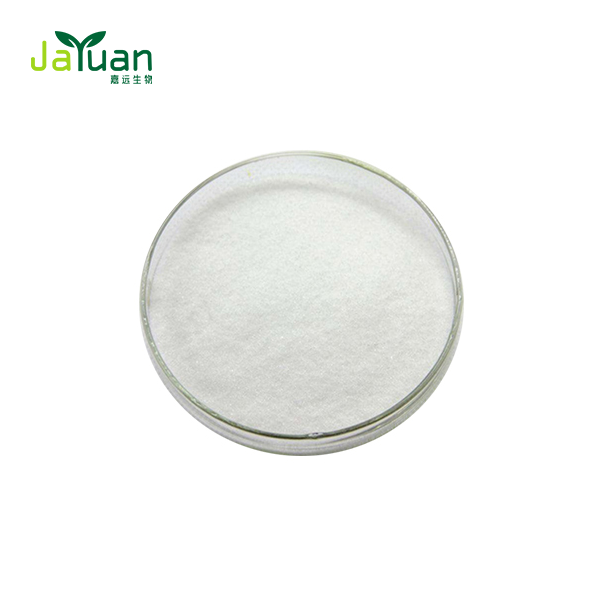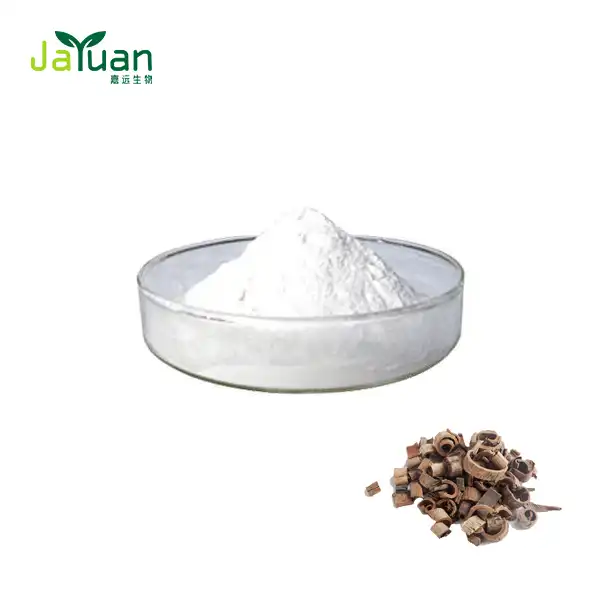What is the solubility of Palmatine?
Palmatine Extract, a fascinating alkaloid found in various plants, has been gaining attention in the world of natural compounds and plant extracts. As researchers and health enthusiasts explore its potential benefits, one crucial aspect that comes into focus is its solubility. In this comprehensive guide, we'll delve into the solubility of palmatine, its significance, and how it relates to the broader context of Palmatine Extract.
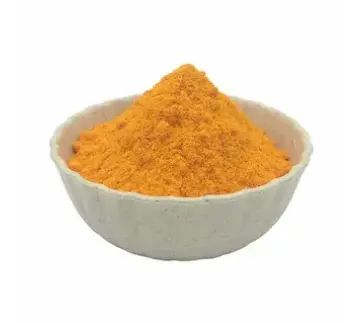
Palmatine and Its Chemical Properties
The Ranunculaceae and Rutaceae families are particularly rich in palmatine, a naturally occurring alkaloid. It gets its chemical structure from isoquinoline, which is a common structure in many alkaloids and has a quaternary ammonium group. Palmatine has the empirical formula C21H23NO4 and a molecular weight of approximately 337.41 g/mol. This alkaloid is well-known for its relatively low solubility in water, but it dissolves readily in organic solvents like ethanol and chloroform. In its pure form, it has a distinctive orange or yellow color.
The chemical properties of palmatine are important in both pharmaceutical and botanical settings. It is a powerful substance that has notable biological effects, such as fighting cancer, inflammation, and bacteria. Its ability to influence metabolic pathways and interact with a variety of cellular targets is primarily responsible for these properties. Additionally, the potential therapeutic benefits of palmatine's modulation of neurotransmitter systems in neurological disorders have been investigated. The quaternary ammonium group of the compound plays a role in its physiological effects, particularly its interaction with proteins and membranes in living organisms.
Palmatine is interesting in natural product chemistry because it is found in traditional medicinal plants that are used to treat a wide range of ailments in different cultures. In plants, a series of enzymatic reactions transform phenylalanine into the isoquinoline alkaloid structure during its biosynthesis. Palmatine is still the subject of research due to its diverse pharmacological profile, and ongoing studies are looking into its potential applications in pharmacology and medicine.
The Solubility of Palmatine: Key Factors and Considerations
When it comes to the solubility of palmatine, several factors come into play. Solubility refers to the ability of a substance to dissolve in a solvent, and for palmatine, this property can significantly impact its bioavailability and effectiveness in various applications.
1. pH Dependence: The solubility of palmatine is notably pH-dependent. In general, palmatine exhibits higher solubility in acidic conditions compared to neutral or alkaline environments. This characteristic is particularly important when considering its behavior in different biological systems or formulation processes.
2. Solvent Type: The nature of the solvent plays a crucial role in palmatine's solubility. While it shows limited solubility in water, palmatine tends to be more soluble in organic solvents. This property is essential for researchers and manufacturers working with Palmatine Extract, as it influences extraction methods and formulation strategies.
3. Temperature Effects: Like many compounds, the solubility of palmatine can be influenced by temperature. Generally, increasing temperature tends to enhance solubility, although the specific relationship may vary depending on the solvent and other environmental factors.
4. Concentration: The concentration of palmatine in a solution can affect its solubility behavior. At higher concentrations, saturation points may be reached, limiting further dissolution.
Understanding these factors is crucial for anyone working with Palmatine Extract, whether in research laboratories, pharmaceutical development, or natural product formulations. By manipulating these variables, scientists and manufacturers can optimize the solubility of palmatine for specific applications.
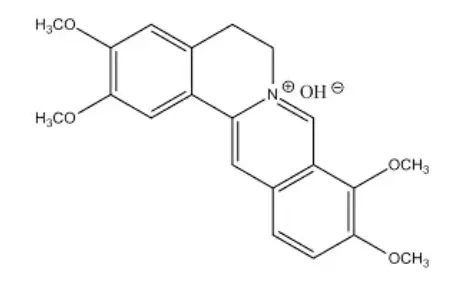
Practical Implications of Palmatine's Solubility
The solubility characteristics of palmatine have significant implications across various fields. Let's explore some of these practical considerations:
1. Bioavailability and Drug Delivery: In pharmaceutical applications, the solubility of palmatine directly impacts its bioavailability – the extent and rate at which it's absorbed into the body. Researchers working with Palmatine Extract Powder must consider its solubility when developing drug delivery systems to ensure optimal therapeutic effects.
2. Extraction and Purification: For companies involved in producing Palmatine Extract, understanding its solubility is crucial for developing efficient extraction and purification processes. The choice of solvents and extraction conditions can significantly affect the yield and purity of the final product.
3. Formulation Development: In the realm of natural products and supplements, the solubility of palmatine extract influences how it can be incorporated into various formulations. Whether it's in liquid supplements, capsules, or topical applications, formulators must consider its solubility to ensure stability and efficacy.
4. Analytical Methods: Researchers and quality control specialists rely on understanding palmatine's solubility for developing accurate analytical methods. This knowledge is essential for quantification, purity assessment, and overall quality control of palmatine extract powder bulk.
5. Environmental Considerations: In ecological studies or environmental assessments, the solubility of palmatine can provide insights into its behavior in natural systems, including its potential for biodegradation or environmental persistence.
By leveraging this understanding of palmatine's solubility, researchers and industry professionals can unlock new possibilities in fields ranging from medicine to natural product development. The ability to manipulate and optimize its solubility opens doors to innovative applications and improved efficacy of Palmatine Extract-based products.
As we continue to explore the potential of palmatine and other natural compounds, the importance of understanding their fundamental properties, including solubility, cannot be overstated. This knowledge not only advances scientific understanding but also paves the way for practical applications that can benefit human health and well-being.
In conclusion, the solubility of palmatine is a complex yet crucial aspect of working with this compound and Palmatine Extract. By considering factors such as pH, solvent type, temperature, and concentration, researchers and manufacturers can optimize their processes and unlock the full potential of this fascinating alkaloid. As interest in natural compounds continues to grow, palmatine stands out as a subject worthy of further exploration and application.
For those interested in learning more about Palmatine Extract and other plant-derived compounds, Xi'an Jiayuan Bio-Tech offers expertise in producing high-quality plant extracts. With our experienced team, stable production processes, and advanced equipment, we ensure the highest quality standards in our products. For more information or to discuss custom formulations and OEM processing services, please contact us at sales@jayuanbio.com.
References
- Zhang, L., et al. (2020). Palmatine: A review of its pharmacology, toxicity and pharmacokinetics. Biomed Pharmacother, 120, 109450.
- Imenshahidi, M., & Hosseinzadeh, H. (2016). Berberis Vulgaris and Berberine: An Update Review. Phytother Res, 30(11), 1745-1764.
- Kukula-Koch, W., & Widelski, J. (2017). Alkaloids. In Pharmacognosy (pp. 163-198). Academic Press.
- Qing, Z. X., et al. (2017). Berberine: A potential multipotent natural product to combat Alzheimer's disease. Molecules, 22(3), 405.
- Li, Y., et al. (2018). Solubility of palmatine chloride in water, ethanol, and ethanol–water mixtures from (283.15 to 333.15) K. Journal of Chemical & Engineering Data, 63(8), 3154-3159.


